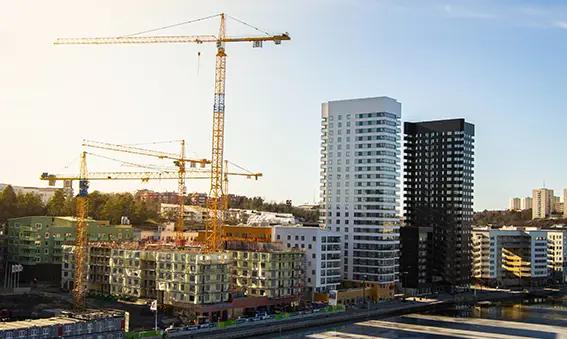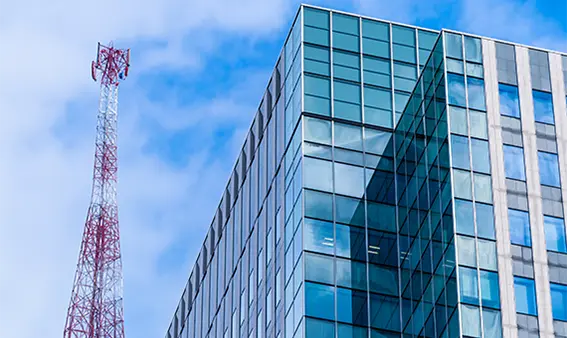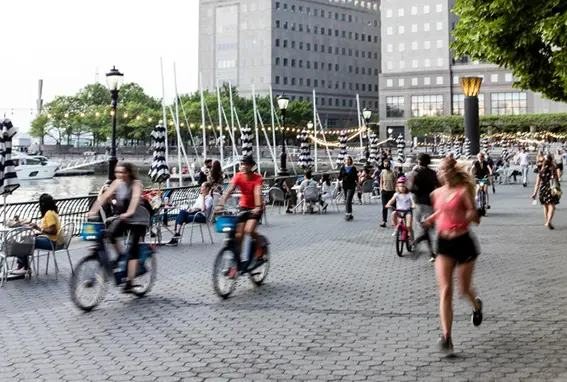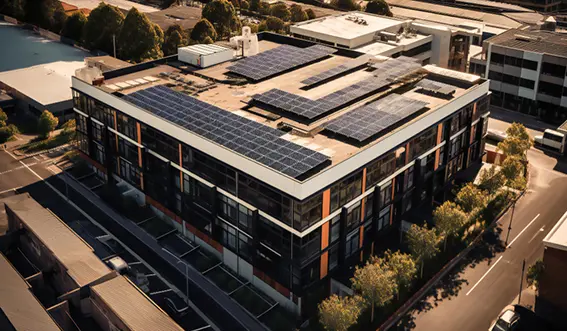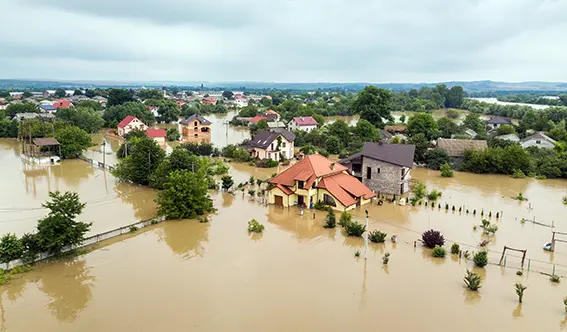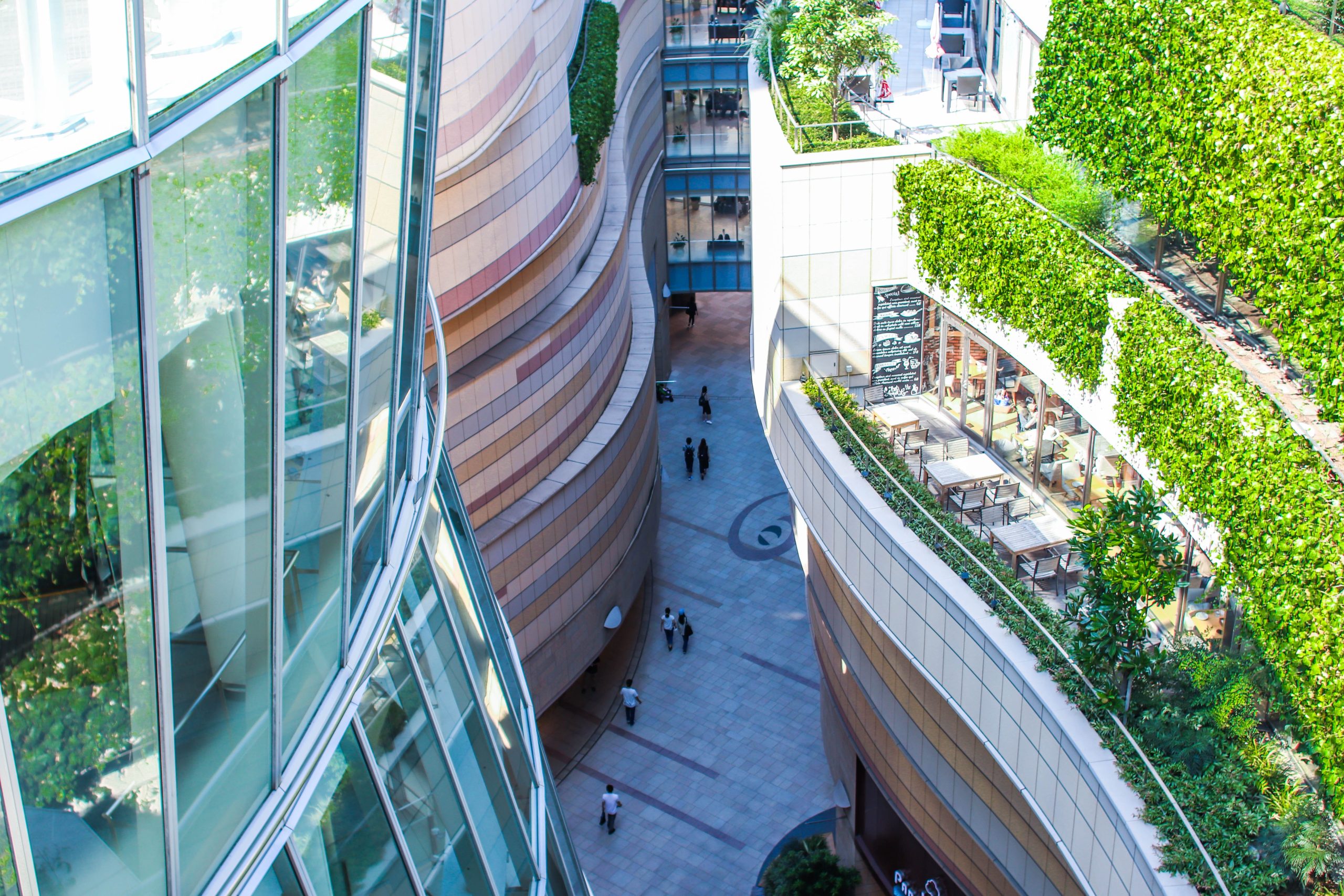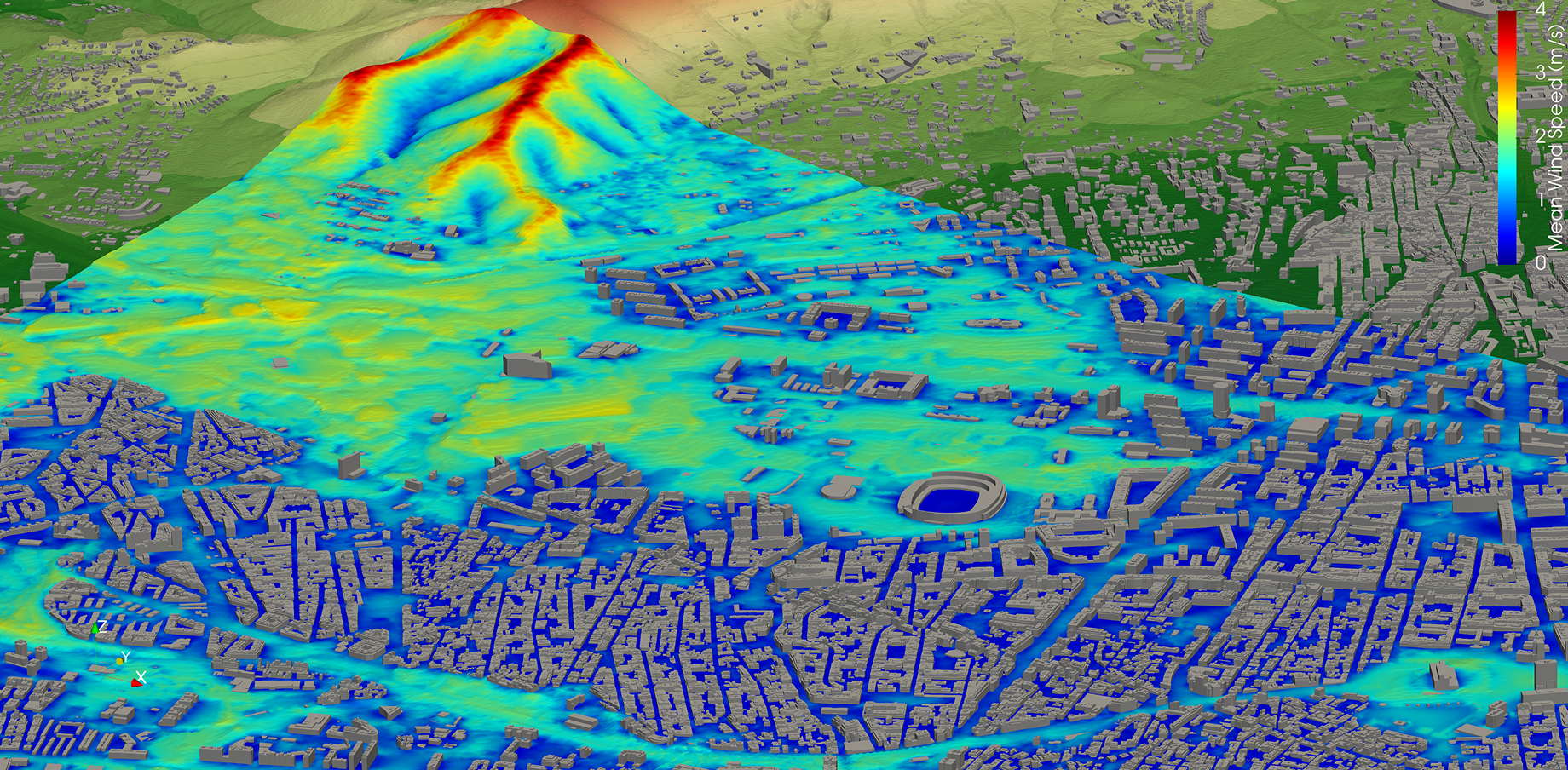Buildings and Infrastructure
Explore our solutions dedicated to wind safety, comfort, energy production, and climate change adaptation for buildings and infrastructure.
Our software and services ensure wind safety during and after construction, optimize comfort, and ensure long-term durability.
+20 years
of wind engineering and climate analysis expertise
CFD technology
for accurate modeling of wind flows in urban environments.”
+700
aerodynamic studies conducted on buildings and urban infrastructure
Tailor-made
of all sizes, on all types of terrain, even complex ones.
Safe structures, efficient buildings, sustainable cities
We model the effects of wind flow and solar radiation on structures and in the urban master plan to mitigate risks and ensure worker safety, provide comfortable spaces, and improve building energy efficiency.
Our expertise in CFD simulation and local climatology optimizes your architectural and urban planning projects in accordance with current building or comfort standards.
Construction Site Safety
Buildings or Lightweight Structures
Urban Comfort
Urban Renewable Energy
Impact of Climate Change
on Cities & Buildings
News
Webinar: How to use wind data correctly in wind engineering?
Adjust your wind data for greater accuracy. Join our webinar! In this session, you will discover that small biases in wind data selection can lead to wrong conclusions on pedestrian comfort, facade...
Webinar: Discover the new version of UrbaWind® (3.5)
Discover the new version of UrbaWind® (3.5), which introduces many new features, including climate projections based on scenarios defined by the IPCC, enabling you to guarantee the sustainability of...
UrbaWind® 3.5: Discover the new features of the upcoming version
UrbaWind® 3.5 is coming soon! This new version introduces new features and improvements to make your urban wind studies faster, more accurate, and easier to carry out. Designing an urban project...
WHITE PAPER – Pedestrian Wind Comfort
Moving from theory to practice, this white paper will guide you through the numerical evaluation of pedestrian wind comfort in urban environments and provide you with a comprehensive understanding of the subject.
